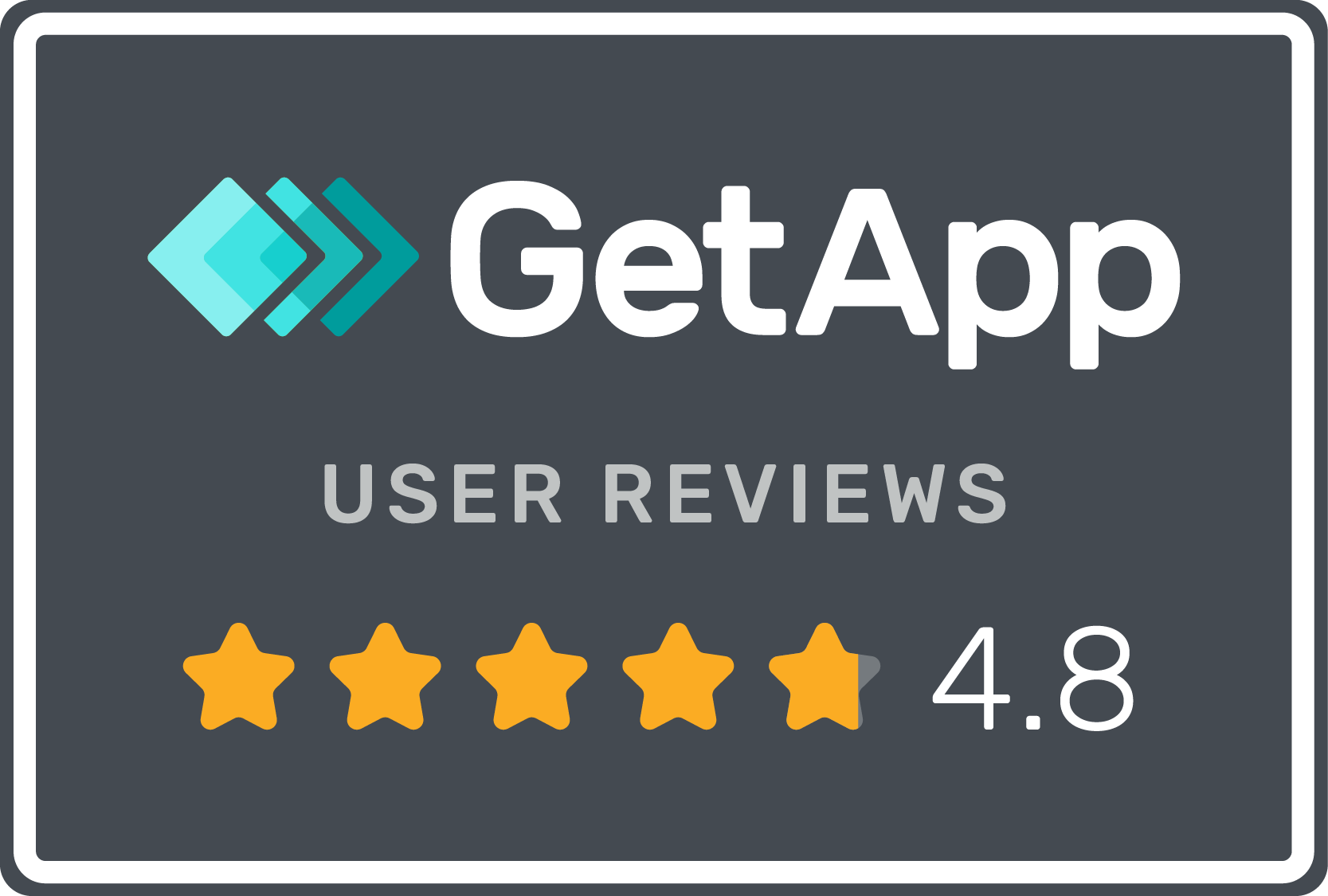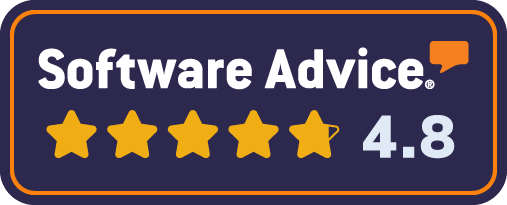
(Original Image by Voxogos via Unsplash - edited by Brandkit)
Collaboration and consistency: Empowering brand storytellers with a self-serve brand toolkit
Think about a marketing team scrambling to prepare for a major product launch.
The designers are ready, and the content creators are buzzing with ideas, but there’s a hitch - the brand assets are inconsistent. The logo varies slightly across platforms; the colour palette is a shade off, and the message? It’s all over the place.
This isn’t just a hypothetical nightmare, it’s a reality for teams lacking a centralised brand toolkit.
Brand consistency helps companies boost revenue by 20% or more. Yet, many organisations still need to pay more attention to the power of a brand toolkit.
‘A brand toolkit is like a compass for your brand’s journey—it guides every team member in the same direction, ensuring a unified brand experience.’
…says Megan Carter, a brand strategist and small business loan provider at Ask Funding.
As you step into the role of a brand storyteller, ask yourself: Are you equipped with the right tools to build a brand that stands the test of time and leaves a lasting impression?
Because in the end, it’s not just about the brand, it’s about the story you tell and the consistency with which you tell it.
Ready to transform your brand management? Read on to discover how to harness the full potential of brand toolkits, foster effective collaboration, and ensure brand consistency across all channels.
What is a centralised Digital Asset Management system (aka a DAM)?
A centralised Digital Asset Management (DAM) system is the backbone of a practical brand toolkit or brand system. It allows all brand assets and marketing content to be stored in one place. A single source of truth. This makes it easy for every team member to find the exact files they need.
A DAM typically offers offers:
- a powerful visual search engine that simplifies this process.
- users can quickly locate brand assets like logos, images, video, pdf documents, marketing copy, templates, etc.
- reduces the risk of using outdated or incorrect assets.
- It ensures that all team members use the most current and approved versions
- saves time
- enhances efficiency across the organisation.
Training Programs
Training Programs are essential to get both internal team members and external collaborators to a level of competence, where they can act as valued brand ambassadors.
These training programs should:
- teach the brand origin story - how and why the brand exists.
- teach how the brand is relevant today, and to who.
- teach how your brand narrative should be applied.
- cover the importance of brand consistency.
- teach how to use the brand toolkit effectively.
Regular training ensures that everyone understands the brand’s values and guidelines. It equips team members with the knowledge to represent the brand accurately, creating a unified and consistent brand message.
Effective collaboration methods
Effective collaboration is vital to maintaining brand consistency over time (typically many years).
- Schedule regular cross-functional meetings. These meetings should involve design, marketing, sales, and product teams. They provide an opportunity to discuss upcoming campaigns and asset needs.
- Communication is crucial. Keeping everyone in the loop ensures that all teams are aligned. It reduces the chance of misunderstanding and miscommunication.
- Collaborative tools, like Brandkit, facilitate this process. They allow for seamless sharing and updating of brand assets.
Empowering collaborators
It takes a village the saying goes.
The reality today is that your brand story is told and shared by many folks, not just your own marketing team.
Therefore, an important role for modern marketing teams is to embrace this fact and facilitate that storytelling - with (naturally) authentic brand content. External users, such as media partners, influencers, and freelancers, are therefore crucial for brand storytelling.
You, you’re marketing team need to become your brand’s primary Influencer.
You need to arm your collaborators with the right brand approved content. They need easy access to your brand assets and marketing resources to create content and stories that align with your brand narrative.
Brandkit’s self-serve brand portals are ideal for this purpose. They provide secure and efficient access to your brand assets, marketing resources and even your brand narrative.
Streamlining access to brand assets
Streamlining access to brand assets is vital for efficiency.
Most DAMs provide some form of self-service to trusted users. Some go further by surfacing usage rights and licencing information.
For example Brandkit integrates rights management controls to ensure proper usage. Users can see licensing and usage rights for each asset. This reduces the risk of legal issues and provides the appropriate use of all content.
A well-organised brand toolkit simplifies the management of brand assets. It provides a single source of truth for all team members, helping to maintain a consistent brand image across all channels.
Ready to empower your storytellers?
Empowering your storytellers (internal teams AND external collaborators) with a self-serve brand toolkit is the key to consistency and efficiency. With everything in one place, you eliminate the last-minute scrambles and ensure a cohesive brand presence.
A brand toolkit powered by Brandkit provides seamless access to all your brand assets for your team and external partners. Say goodbye to stress and hello to a streamlined process.
Contact Brandkit for a demo today and see how we can transform your brand into a well-oiled machine.
Let’s make your brand story a masterpiece together. Reach out now!
Please note, this is guest written article by Aisha Philips with edits by the Brandkit team.
Happy branding :)
# Collaboration and consistency: Empowering brand storytellers with a self-serve brand toolkit
Think about a marketing team scrambling to prepare for a major product launch. The designers are ready, and the content creators are buzzing with ideas, but there’s a hitch—the brand assets are inconsistent. The logo varies slightly across platforms; the colour palette is a shade off, and the message? It’s all over the place. This isn’t just a hypothetical nightmare; it’s a reality for teams lacking a centralised brand toolkit.


